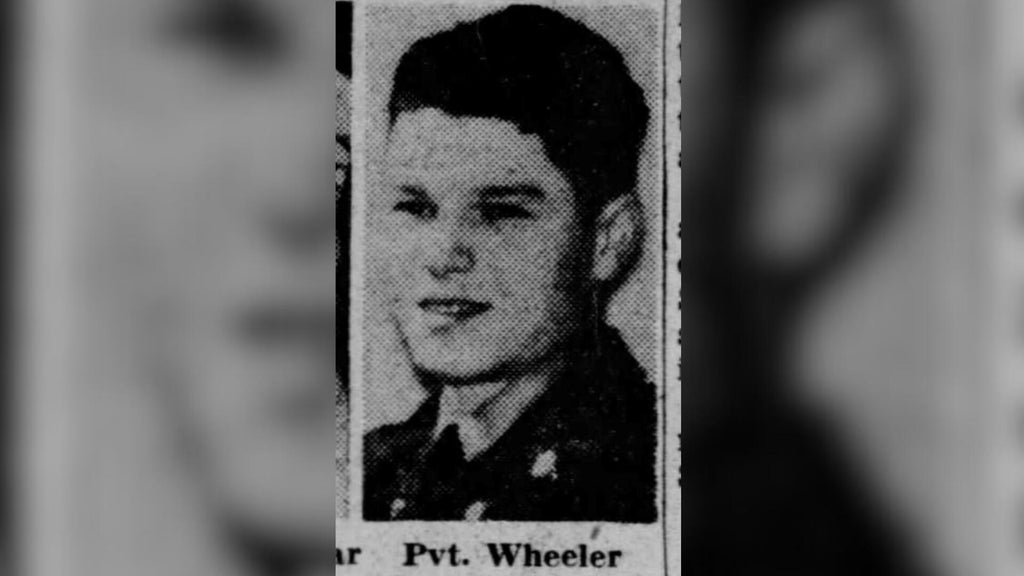Identification of a Korean War Soldier
The remains of a soldier who fought during the Korean War have been identified as those of William A. Wheeler, an 18-year-old from Hazel Park, Michigan. He was killed in action in 1950, according to military officials. The identification process took nearly seven decades, highlighting the long and complex journey to bring closure to his family.
William A. Wheeler served as a Private First Class in the United States Army. He was part of H Company, 2nd Battalion, 9th Infantry Regiment, within the 2nd Infantry Division. His unit engaged in combat with the North Korean People’s Army in the Yongsan area of South Korea. On September 1, 1950, he was reported missing in action after these intense battles. The Army later confirmed that he was killed in action on October 25, 1950.
In 1953, during an operation known as Operation Glory, Chinese Communist Forces handed over remains to the United Nations Command. These remains were believed to have come from prisoner of war camps, United Nations cemeteries, and isolated burial sites. One set of remains, designated as Unknown X-181, was interred at the National Memorial Cemetery of the Pacific in Honolulu, Hawaii.
In 2017, the remains were exhumed as part of the Korean War Disinterment Project. This initiative aimed to re-examine and identify remains that had been previously unaccounted for. The remains were sent to a laboratory for detailed analysis.
Scientists employed a combination of dental records, DNA testing, and bone analysis to determine the identity of the remains. Through these methods, they confirmed that Unknown X-181 was indeed William A. Wheeler. This identification occurred on August 27, 2024, marking nearly 74 years since he was officially declared dead.
Wheeler’s family has now been informed of the identification. The military has also announced plans to bury him in Troy, Michigan, this year. This final step in the process brings a sense of peace and closure to his loved ones, who have waited for many years to honor his memory properly.
The Process of Identification
The identification of remains from the Korean War is a meticulous and often lengthy process. It involves several key steps:
- Exhumation: Remains are carefully dug up from their original burial sites.
- Laboratory Analysis: Scientists use advanced techniques such as DNA testing, dental comparisons, and skeletal analysis to identify the remains.
- Historical Records: Military records and personal information are cross-referenced to match the remains with known soldiers.
- Notification: Once identified, the family is notified, and arrangements are made for the proper burial.
This process is crucial for providing closure to families and honoring the service of fallen soldiers. It also highlights the ongoing efforts by the military and scientific communities to ensure that no soldier is forgotten.
The Significance of the Identification
The identification of William A. Wheeler’s remains is more than just a historical milestone. It represents the dedication of military personnel and scientists who work tirelessly to uncover the truth about those lost in conflict. For the family, it is a moment of profound emotional relief and a chance to finally lay their loved one to rest.
The story of Wheeler also underscores the importance of remembering and honoring the sacrifices made by soldiers during the Korean War. It serves as a reminder of the human cost of war and the enduring impact it has on families and communities.
As the military prepares to hold a burial ceremony for Wheeler, it is a time to reflect on the bravery of those who served and the ongoing commitment to ensuring their legacy is preserved. This event is not just about one individual, but about the countless others who have yet to be identified and brought home.







